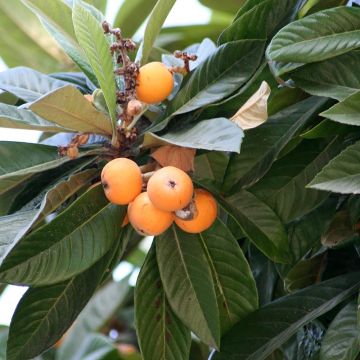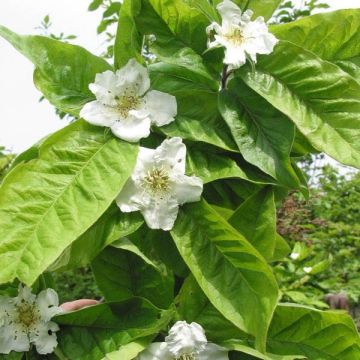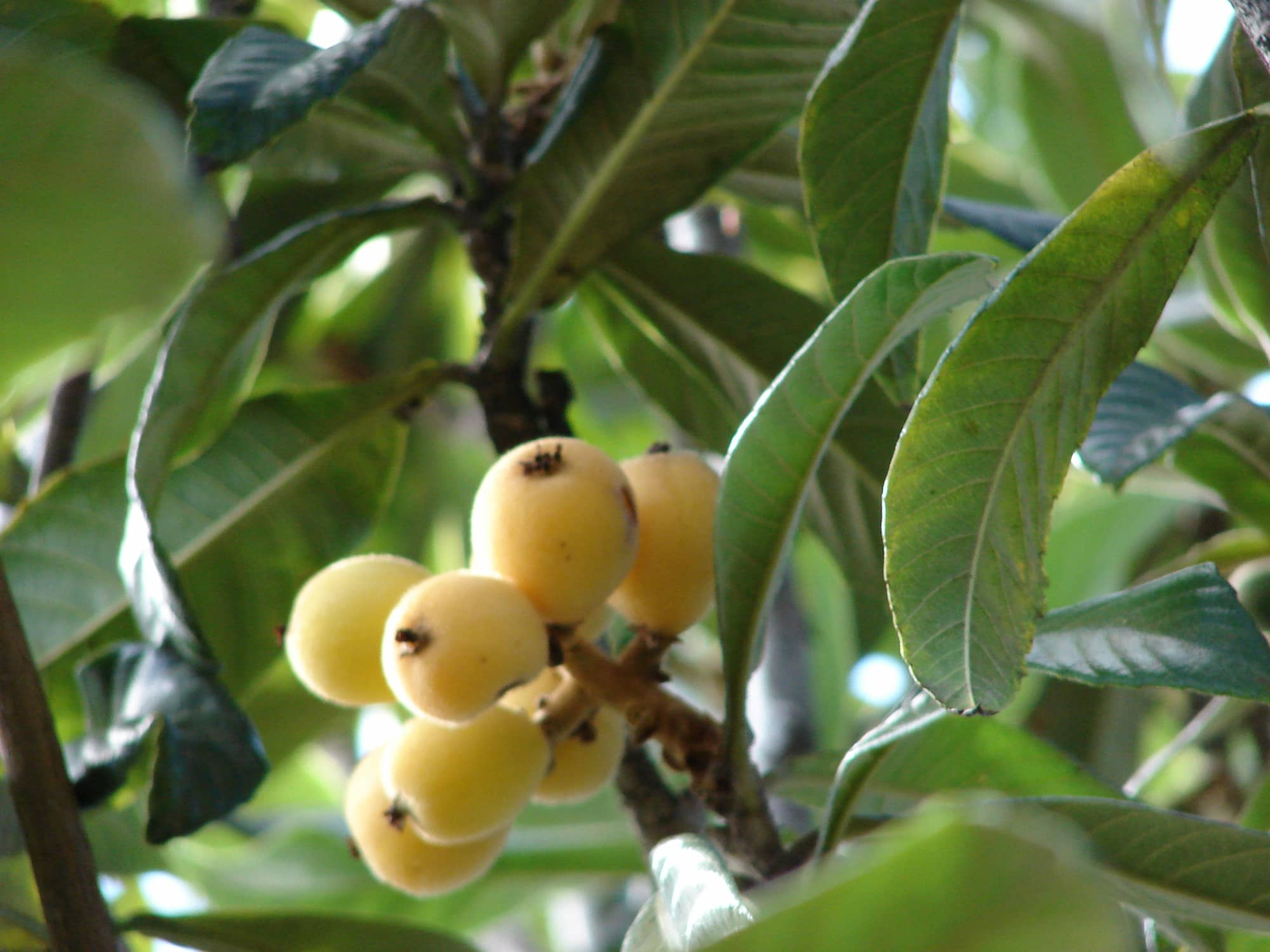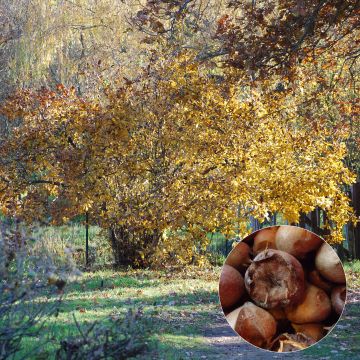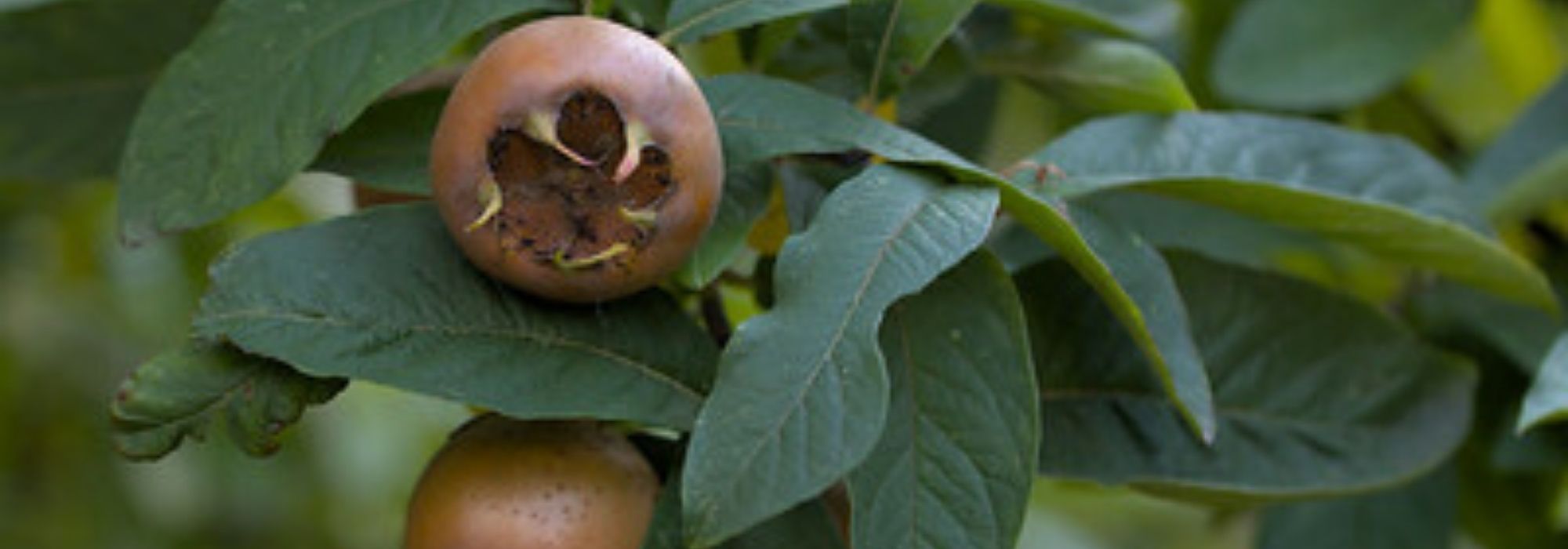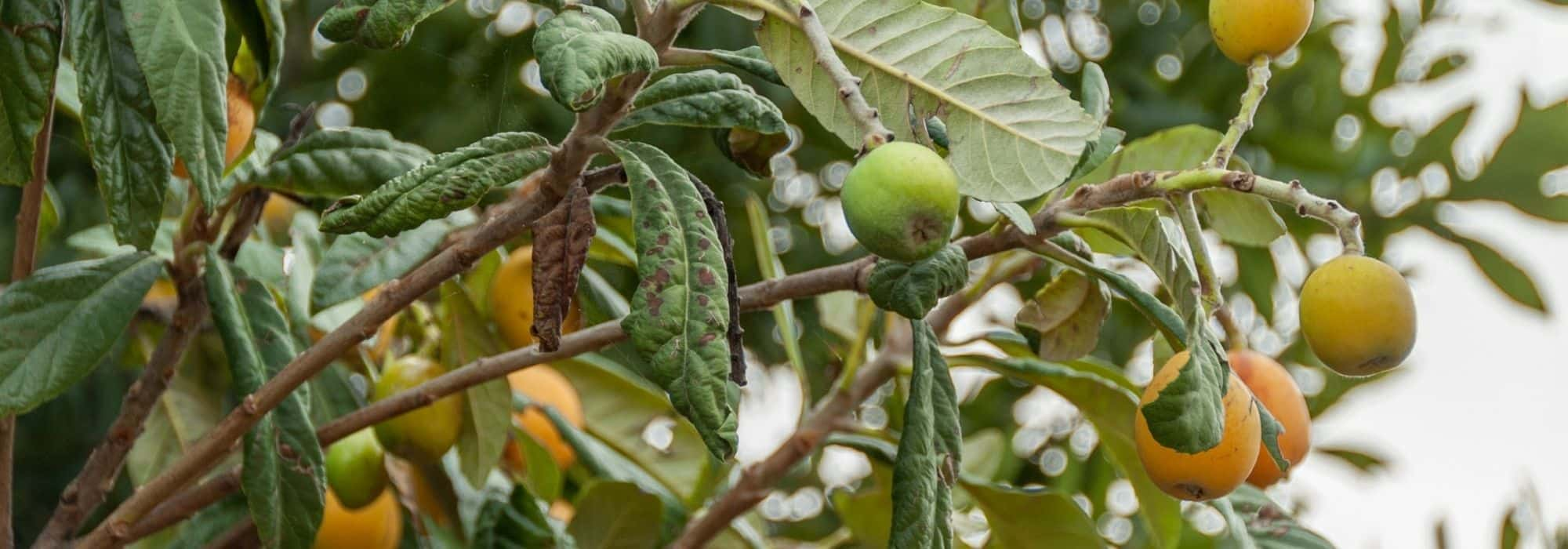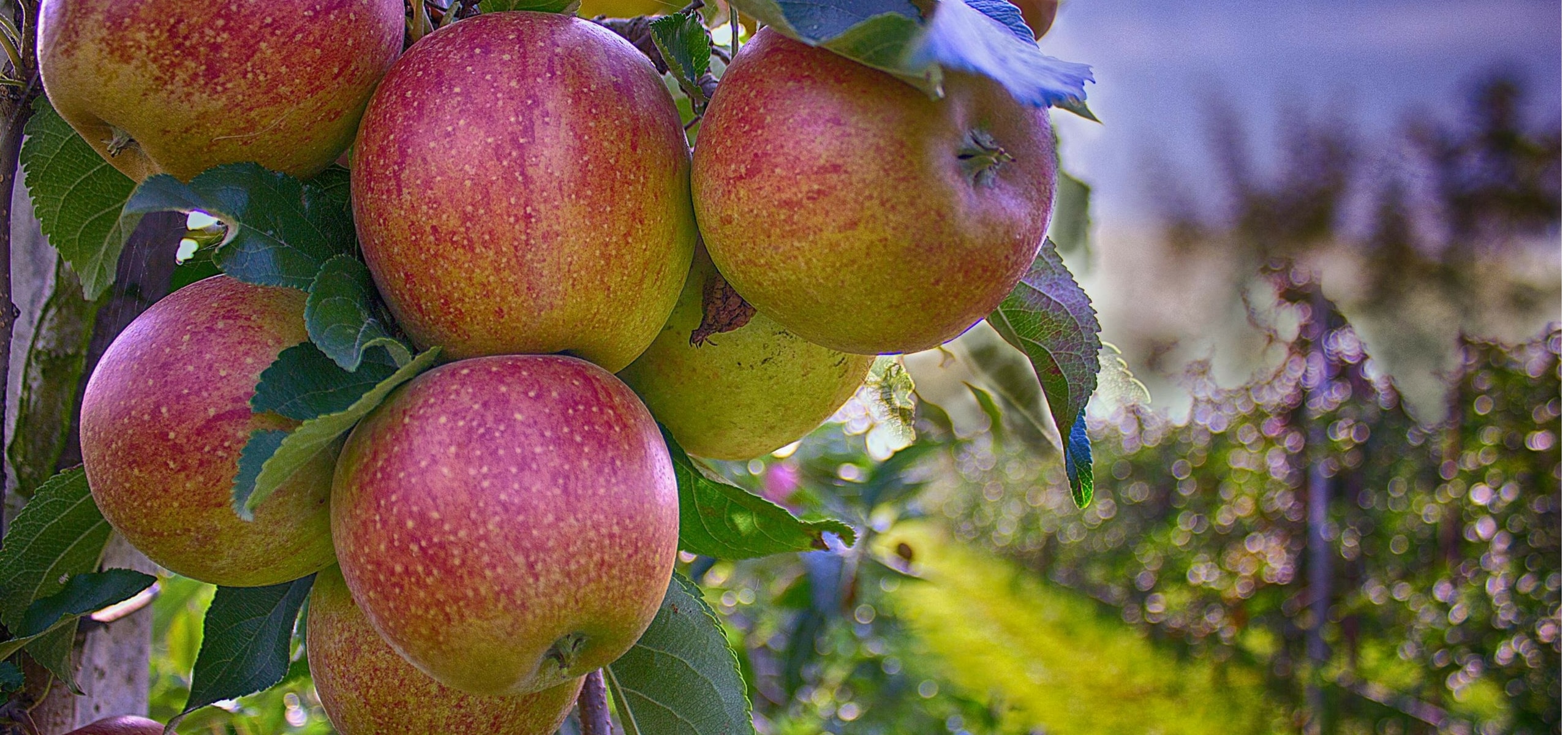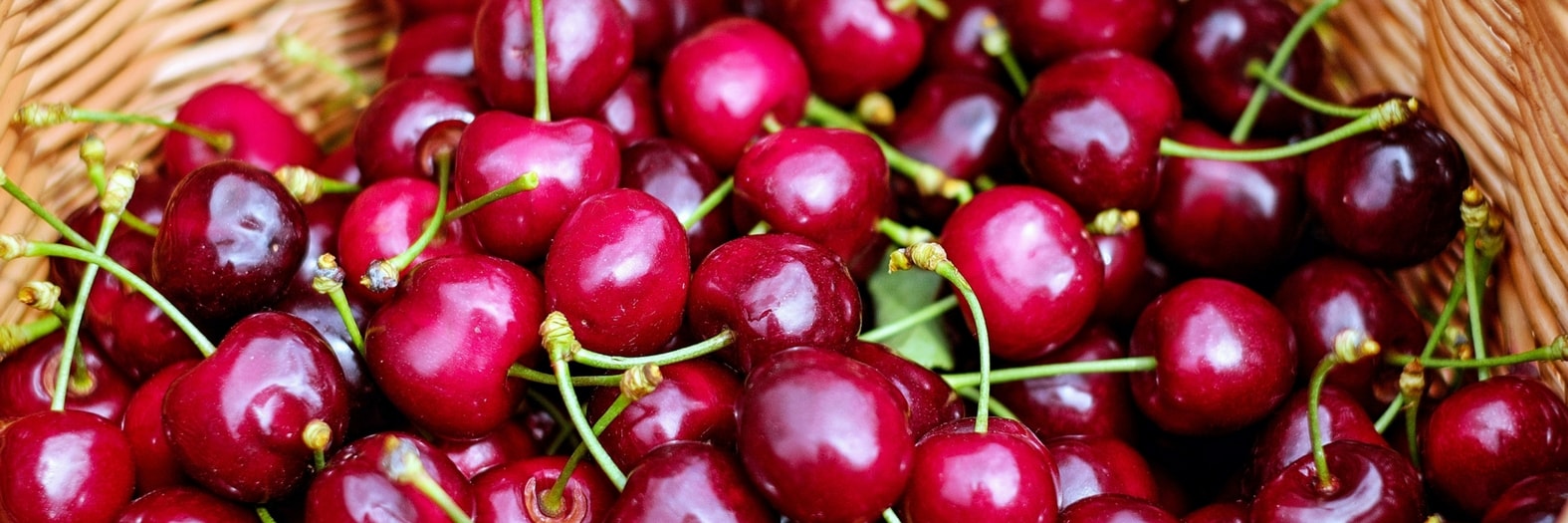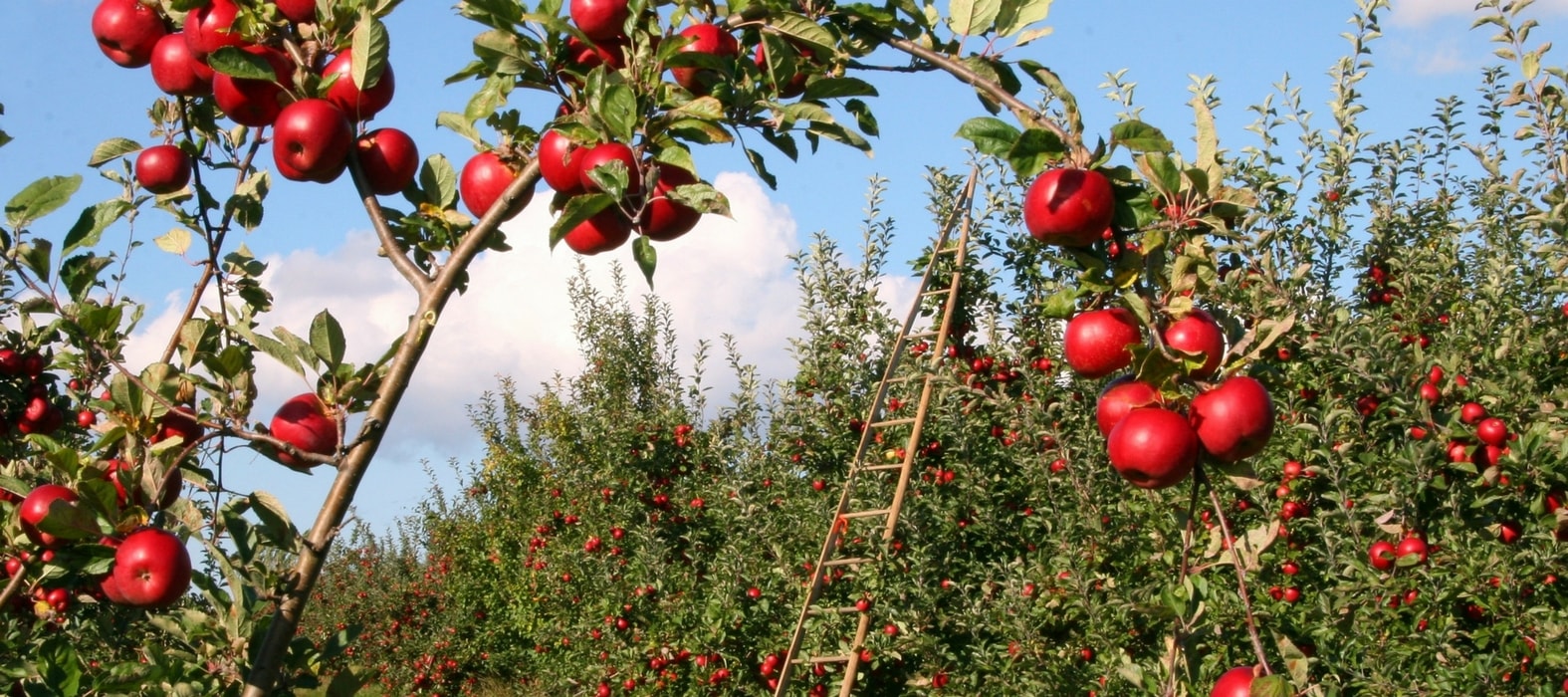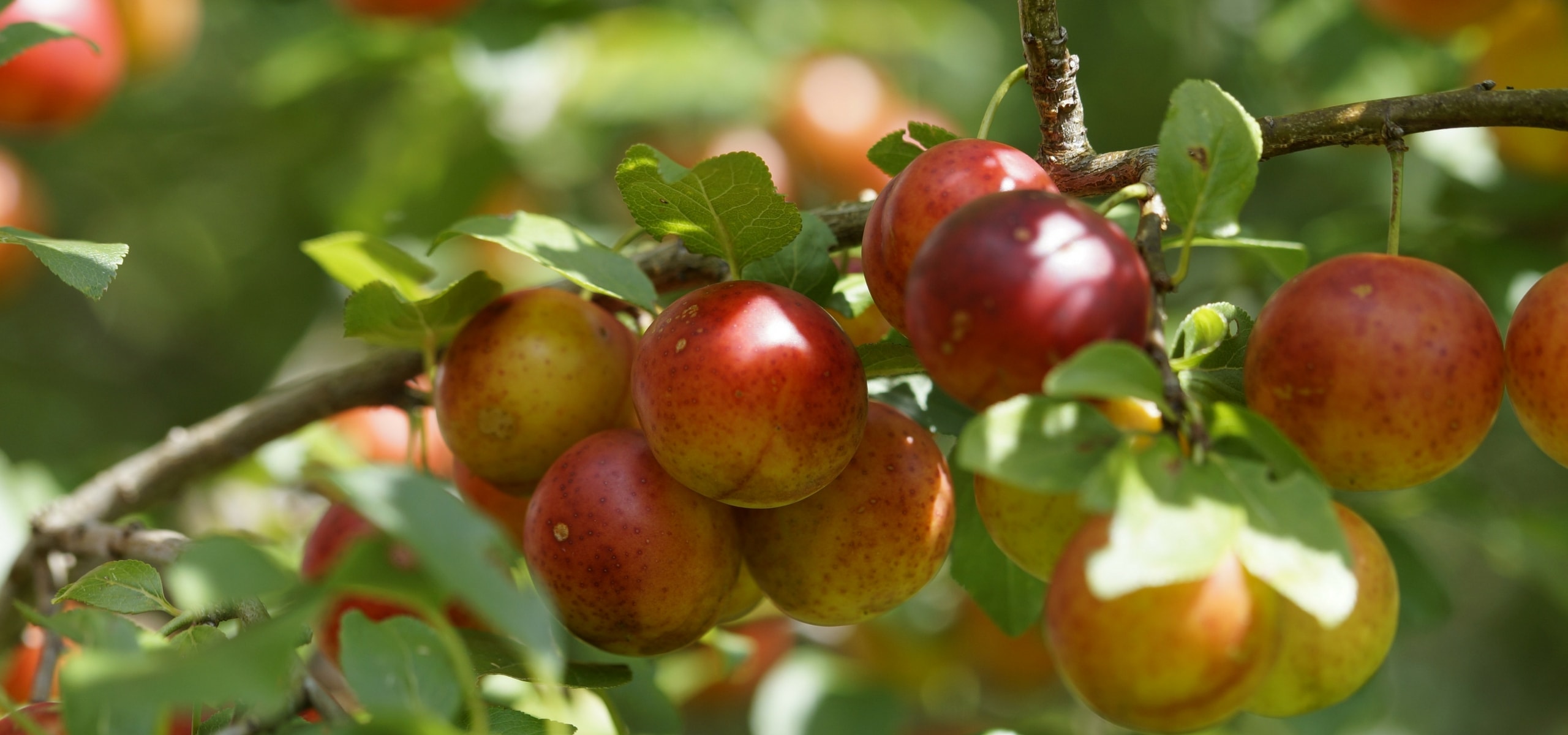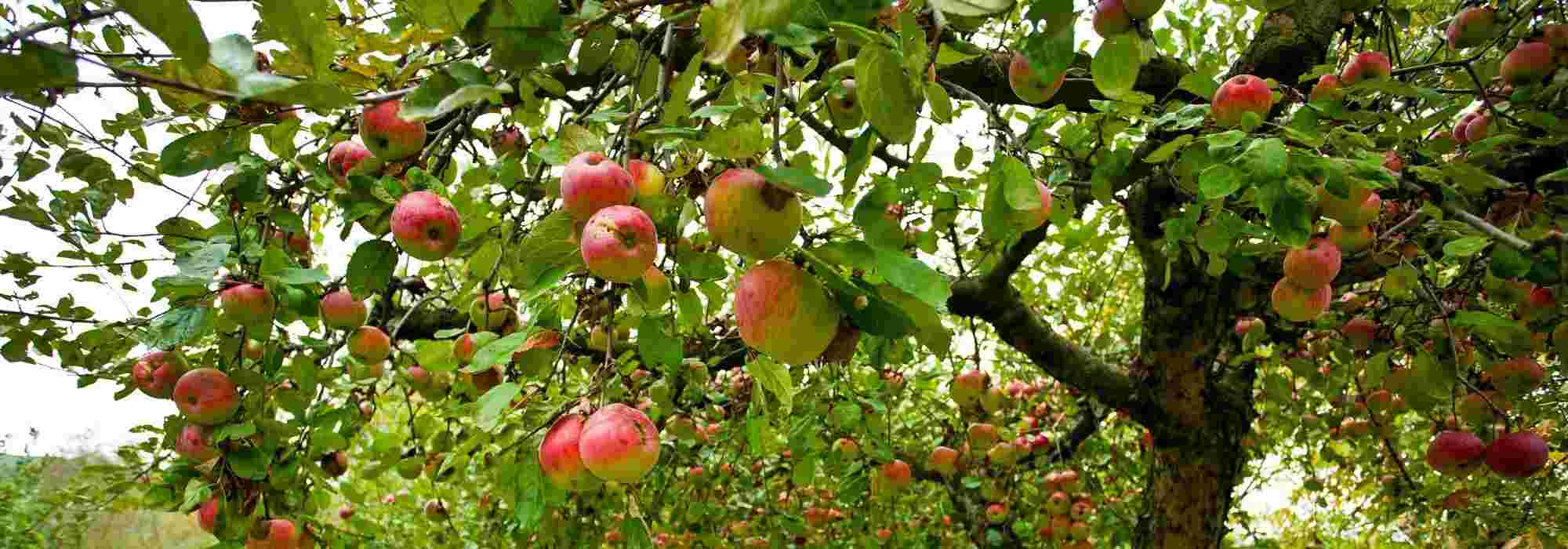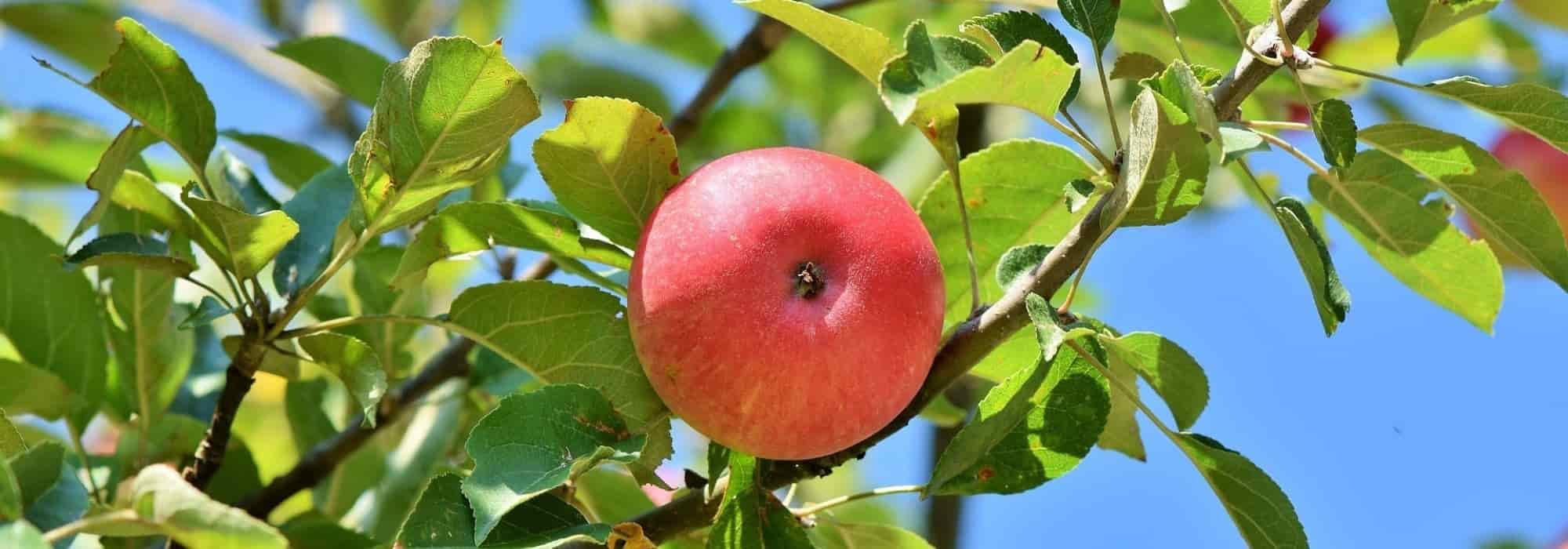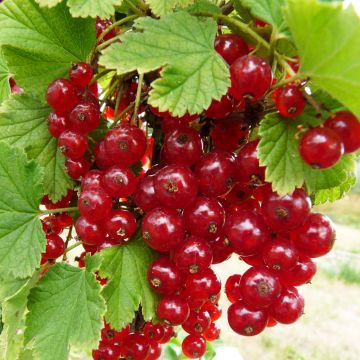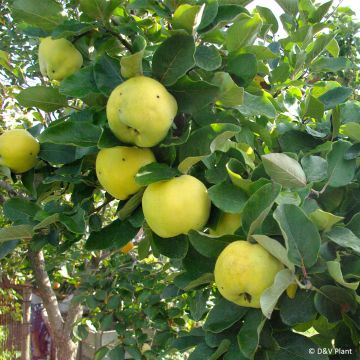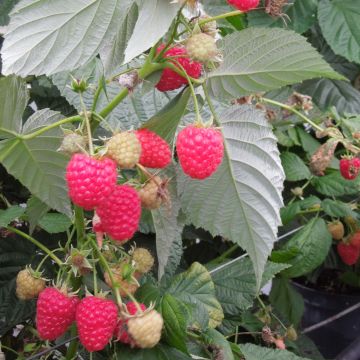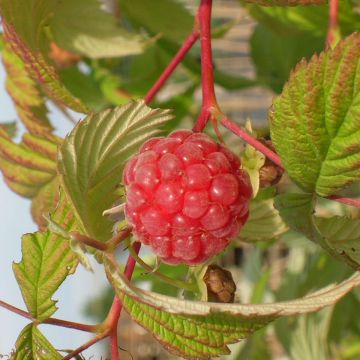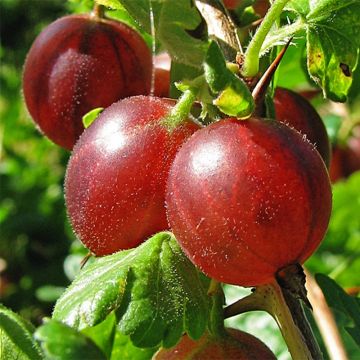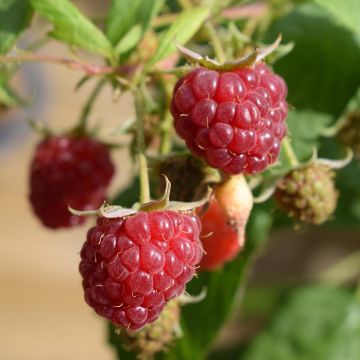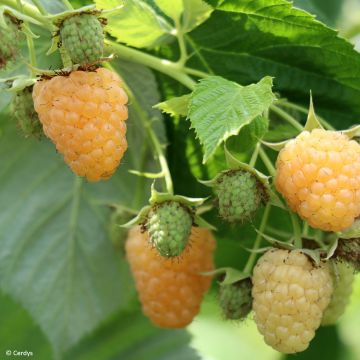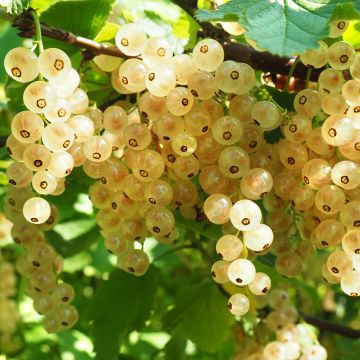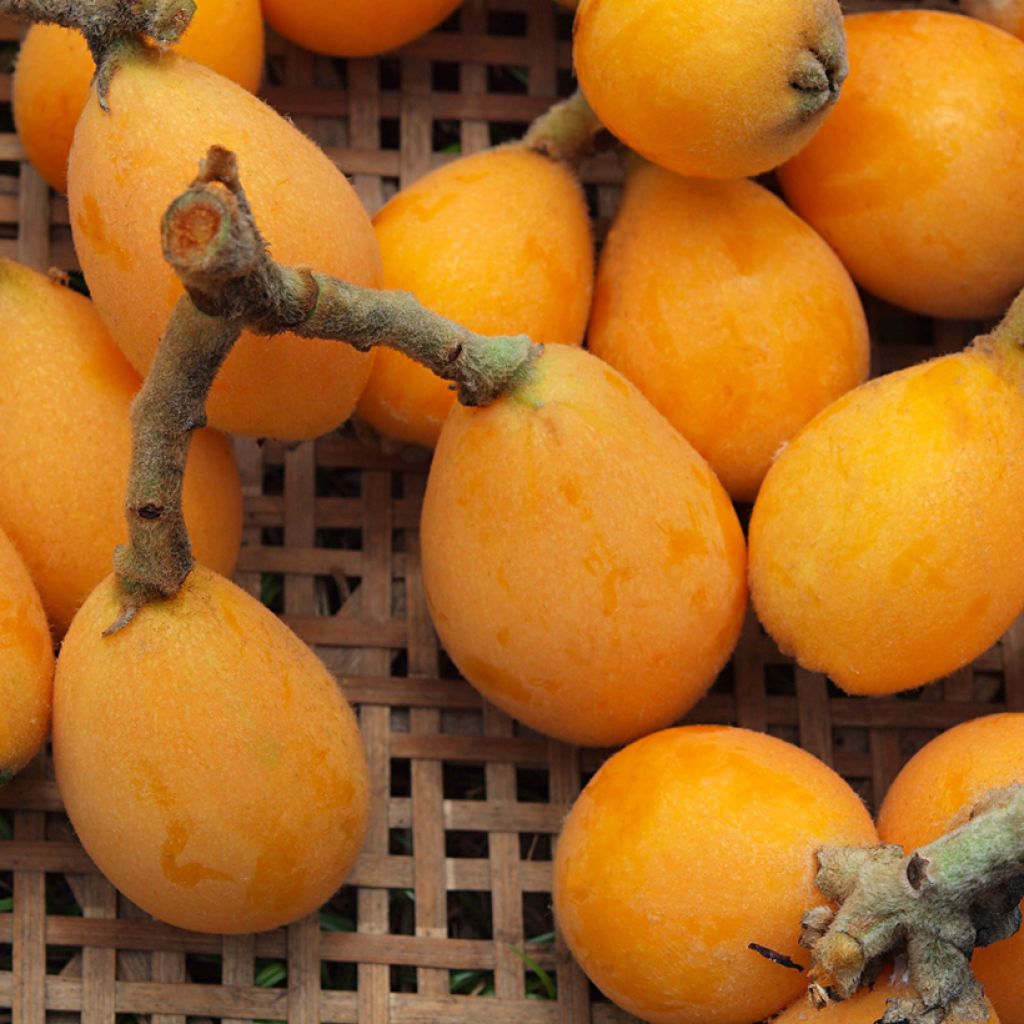

Eriobotrya japonica Tanaka - Japanese loquat
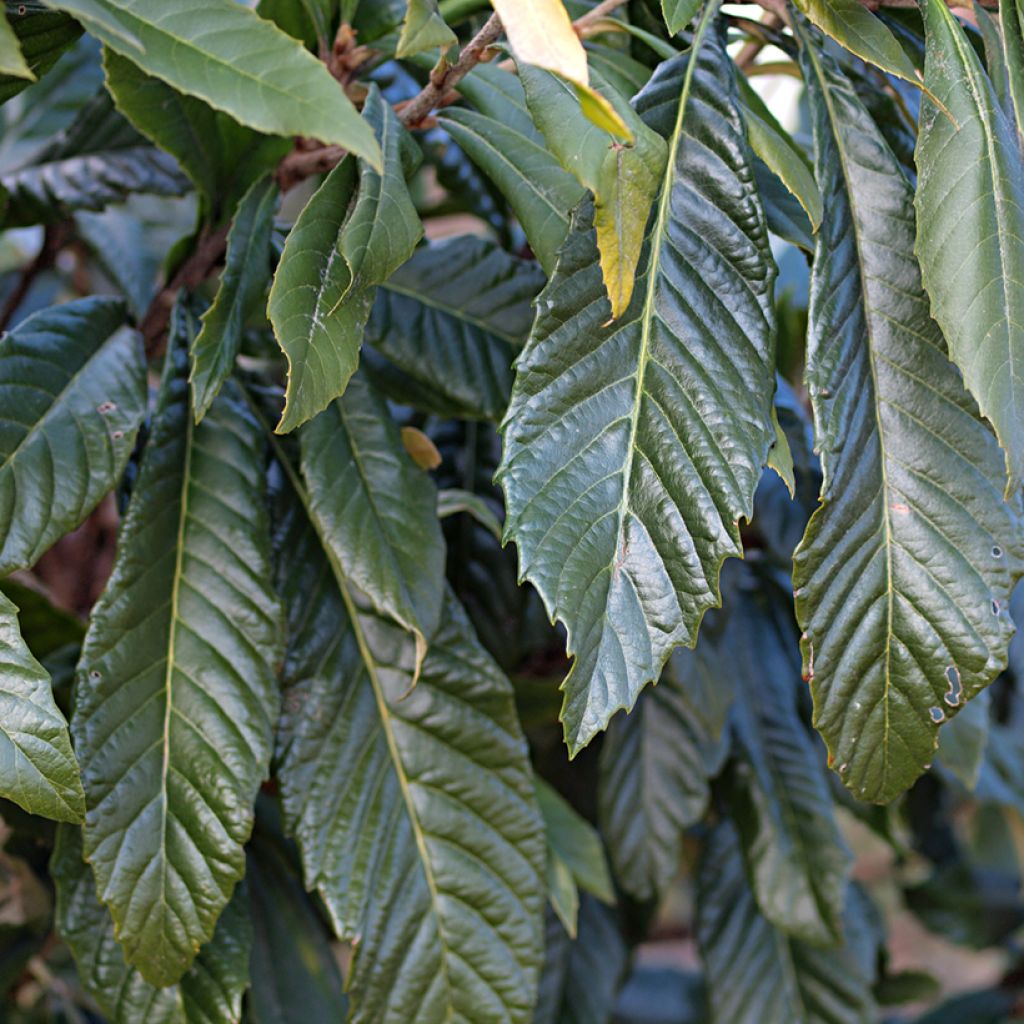

Eriobotrya japonica Tanaka - Japanese loquat
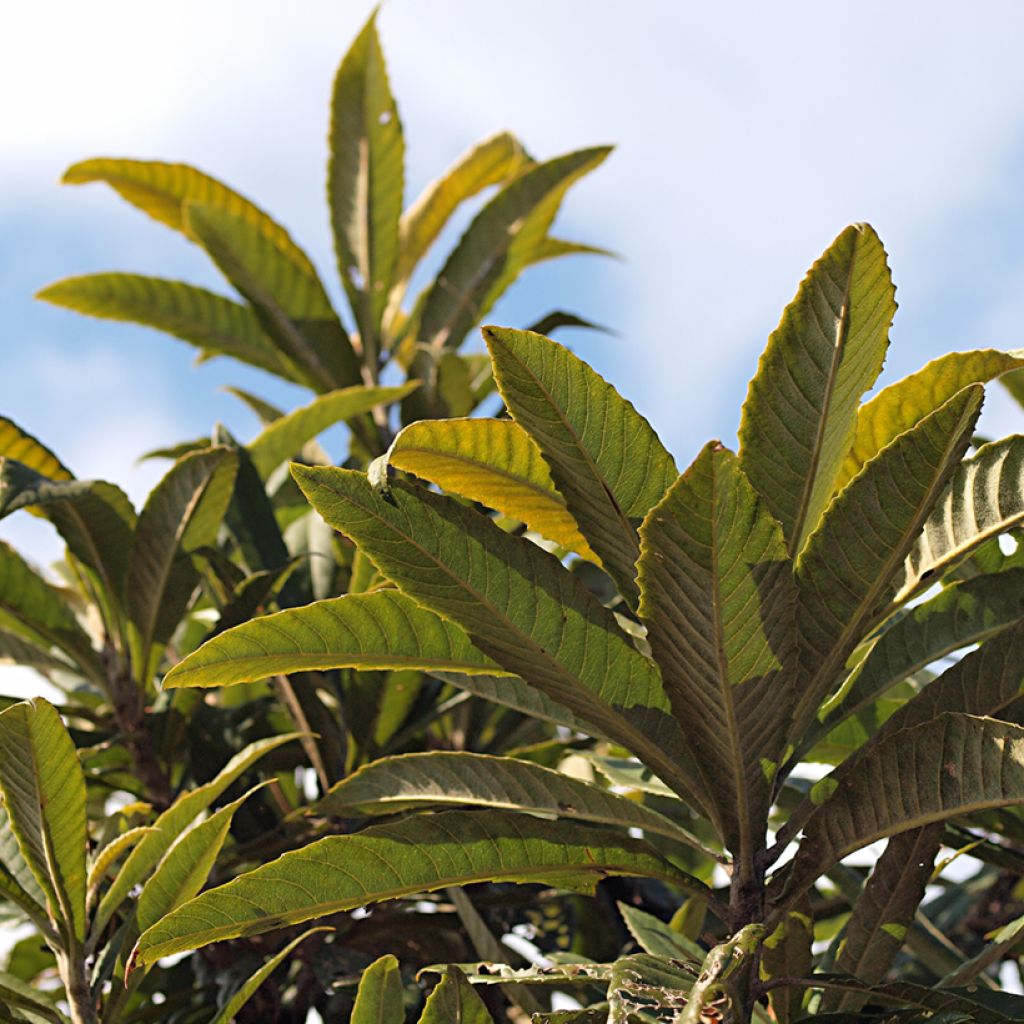

Eriobotrya japonica Tanaka - Japanese loquat
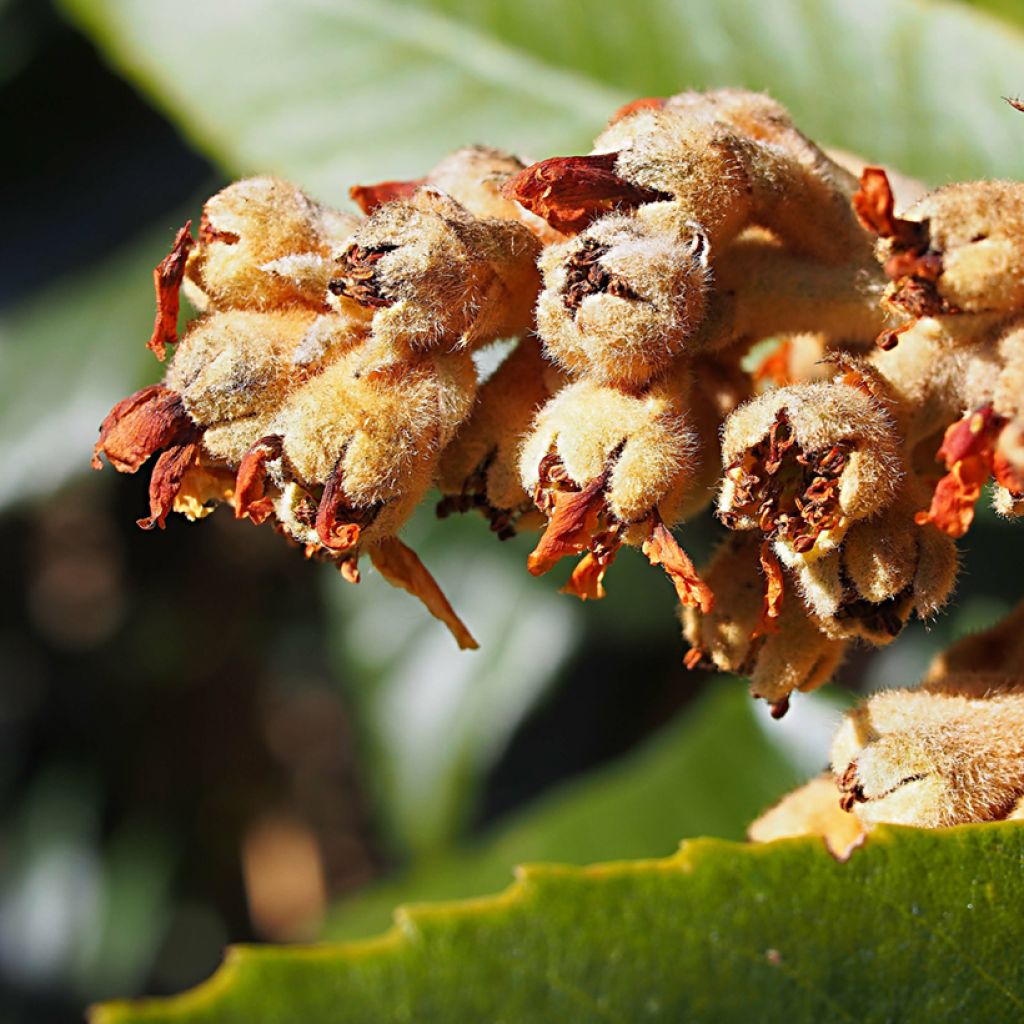

Eriobotrya japonica Tanaka - Japanese loquat
Eriobotrya japonica Tanaka - Japanese loquat
Eriobotrya japonica Tanaka
Japanese Loquat
Special offer!
Receive a €20 voucher for any order over €90 (excluding delivery costs, credit notes, and plastic-free options)!
1- Add your favorite plants to your cart.
2- Once you have reached €90, confirm your order (you can even choose the delivery date!).
3- As soon as your order is shipped, you will receive an email containing your voucher code, valid for 3 months (90 days).
Your voucher is unique and can only be used once, for any order with a minimum value of €20, excluding delivery costs.
Can be combined with other current offers, non-divisible and non-refundable.
Why not try an alternative variety in stock?
View all →This plant carries a 6 months recovery warranty
More information
We guarantee the quality of our plants for a full growing cycle, and will replace at our expense any plant that fails to recover under normal climatic and planting conditions.
Description
Japanese Loquat 'Tanaka' (Eriobotrya japonica 'Tanaka') is a fruit-bearing variety prized for its hardiness and the exceptional quality of its fruits. Native to Japan, it is a small ornamental evergreen tree with honey-producing, fragrant autumn flowers. In regions with mild frosts, it will produce large loquats that are sweet, juicy, and fleshy, containing few small stones.
Belonging to the Rosaceae family, Japanese Loquat 'Tanaka' is an old variety selected in Japan and introduced to the United States in the early 20th century. This vigorous tree can reach a height of 6 to 8 m, with an upright habit and a dense, rounded crown. Its large, leathery, evergreen leaves (up to 25 cm long) are oblong and tough, with a toothed edge, featuring a glossy dark green upper side and a light, downy underside. The flowering, between late October and late November, consists of white flowers arranged in pyramidal thyrsus, emitting an almond fragrance. The fruits, called loquats or locally bibaces, are ovoid, turning yellow-orange when ripe. These are large loquats. Their pale orange flesh is sweet, tender, juicy, and fragrant. The fruits typically contain a few small stones.
Japanese Loquat 'Tanaka' thrives particularly in mild and temperate climates, with Mediterranean or subtropical influences. It flourishes in regions with moderate winters, as although the tree can withstand temperatures down to -12°C, its flowers and young fruits are destroyed at -4°C. It will adapt to any deep, well-drained soil, even slightly chalky and dry in summer. This variety is generally considered self-fertile, meaning a single tree can produce fruits without requiring another pollinator. However, some sources suggest cross-pollination with another variety will improve fruiting.
Harvest 'Tanaka' loquats between June and July; further south, they can be picked as early as the end of May. The fruits reach full ripeness when they turn orange and become slightly soft to the touch. They detach easily from the tree and should be consumed quickly, as they are fragile and perishable.
In cooking, loquats or bibaces are enjoyed fresh, simply peeled and stoned. They are also suitable for making jams, compotes, sorbets, and pastries. In some regions, they are used to prepare artisanal liqueurs or chutneys to accompany meats and cheeses. These fruits are rich in vitamins A and C.
Eriobotrya japonica Tanaka - Japanese loquat in pictures






Plant habit
Fruit
Flowering
Foliage
Botanical data
Eriobotrya
japonica
Tanaka
Rosaceae
Japanese Loquat
Mespilus japonica
Cultivar or hybrid
Other Medlar trees
View all →Planting and care
Eriobotrya japonica 'Tanaka' is ideal for coastal areas, gardens in the south and certain Atlantic regions with relatively mild winters. It tolerates heat and summer drought well once established, but appreciates regular watering during the growth period. This fruit tree particularly thrives in mild and temperate climates, with Mediterranean or subtropical influences. It flourishes in regions with moderate winters, as although it can withstand temperatures down to -12°C, temperatures below -4/-5°C will destroy its flowers and compromise fruiting.
To cultivate Japanese Loquat 'Tanaka' in the ground, choose a sunny spot sheltered from cold winds, preferably against a south-facing wall in regions with harsher winters. It adapts to various soil types but prefers rich, well-drained, and slightly acidic to neutral soil. Plant in autumn or spring, by digging a hole at least 60 cm deep and incorporating well-rotted compost to encourage good root development. Mulching around the base helps retain moisture and protects the roots from winter cold.
Container cultivation is possible, especially in colder climates where the tree can be overwintered under cover. Opt for a large container (at least 50 cm in diameter) with good drainage, using a mix of potting compost, well-rotted compost, and sand. Repotting every 3 to 4 years is recommended to ensure healthy growth.
Pruning is not essential but can be carried out in late winter (February-March) to control height, thin out the centre of the tree, and remove dead or diseased wood. After fruiting, you can also shorten the shoots that bore fruit to stimulate new growth.
The Japanese Loquat is fairly resistant to diseases but may be susceptible to fire blight, aphid attacks, or scale insects in warm climates. Preventive treatment with insecticidal soap for aphids, along with regular leaf inspection, helps limit infestations. Good foliage aeration and well-drained soil help prevent fungal diseases such as scab.
Planting period
Intended location
Care
Planting & care advice
This item has not been reviewed yet - be the first to leave a review about it.
Similar products
Haven't found what you were looking for?
Hardiness is the lowest winter temperature a plant can endure without suffering serious damage or even dying. However, hardiness is affected by location (a sheltered area, such as a patio), protection (winter cover) and soil type (hardiness is improved by well-drained soil).

Photo Sharing Terms & Conditions
In order to encourage gardeners to interact and share their experiences, Promesse de fleurs offers various media enabling content to be uploaded onto its Site - in particular via the ‘Photo sharing’ module.
The User agrees to refrain from:
- Posting any content that is illegal, prejudicial, insulting, racist, inciteful to hatred, revisionist, contrary to public decency, that infringes on privacy or on the privacy rights of third parties, in particular the publicity rights of persons and goods, intellectual property rights, or the right to privacy.
- Submitting content on behalf of a third party;
- Impersonate the identity of a third party and/or publish any personal information about a third party;
In general, the User undertakes to refrain from any unethical behaviour.
All Content (in particular text, comments, files, images, photos, videos, creative works, etc.), which may be subject to property or intellectual property rights, image or other private rights, shall remain the property of the User, subject to the limited rights granted by the terms of the licence granted by Promesse de fleurs as stated below. Users are at liberty to publish or not to publish such Content on the Site, notably via the ‘Photo Sharing’ facility, and accept that this Content shall be made public and freely accessible, notably on the Internet.
Users further acknowledge, undertake to have ,and guarantee that they hold all necessary rights and permissions to publish such material on the Site, in particular with regard to the legislation in force pertaining to any privacy, property, intellectual property, image, or contractual rights, or rights of any other nature. By publishing such Content on the Site, Users acknowledge accepting full liability as publishers of the Content within the meaning of the law, and grant Promesse de fleurs, free of charge, an inclusive, worldwide licence for the said Content for the entire duration of its publication, including all reproduction, representation, up/downloading, displaying, performing, transmission, and storage rights.
Users also grant permission for their name to be linked to the Content and accept that this link may not always be made available.
By engaging in posting material, Users consent to their Content becoming automatically accessible on the Internet, in particular on other sites and/or blogs and/or web pages of the Promesse de fleurs site, including in particular social pages and the Promesse de fleurs catalogue.
Users may secure the removal of entrusted content free of charge by issuing a simple request via our contact form.
The flowering period indicated on our website applies to countries and regions located in USDA zone 8 (France, the United Kingdom, Ireland, the Netherlands, etc.)
It will vary according to where you live:
- In zones 9 to 10 (Italy, Spain, Greece, etc.), flowering will occur about 2 to 4 weeks earlier.
- In zones 6 to 7 (Germany, Poland, Slovenia, and lower mountainous regions), flowering will be delayed by 2 to 3 weeks.
- In zone 5 (Central Europe, Scandinavia), blooming will be delayed by 3 to 5 weeks.
In temperate climates, pruning of spring-flowering shrubs (forsythia, spireas, etc.) should be done just after flowering.
Pruning of summer-flowering shrubs (Indian Lilac, Perovskia, etc.) can be done in winter or spring.
In cold regions as well as with frost-sensitive plants, avoid pruning too early when severe frosts may still occur.
The planting period indicated on our website applies to countries and regions located in USDA zone 8 (France, United Kingdom, Ireland, Netherlands).
It will vary according to where you live:
- In Mediterranean zones (Marseille, Madrid, Milan, etc.), autumn and winter are the best planting periods.
- In continental zones (Strasbourg, Munich, Vienna, etc.), delay planting by 2 to 3 weeks in spring and bring it forward by 2 to 4 weeks in autumn.
- In mountainous regions (the Alps, Pyrenees, Carpathians, etc.), it is best to plant in late spring (May-June) or late summer (August-September).
The harvesting period indicated on our website applies to countries and regions in USDA zone 8 (France, England, Ireland, the Netherlands).
In colder areas (Scandinavia, Poland, Austria...) fruit and vegetable harvests are likely to be delayed by 3-4 weeks.
In warmer areas (Italy, Spain, Greece, etc.), harvesting will probably take place earlier, depending on weather conditions.
The sowing periods indicated on our website apply to countries and regions within USDA Zone 8 (France, UK, Ireland, Netherlands).
In colder areas (Scandinavia, Poland, Austria...), delay any outdoor sowing by 3-4 weeks, or sow under glass.
In warmer climes (Italy, Spain, Greece, etc.), bring outdoor sowing forward by a few weeks.






























